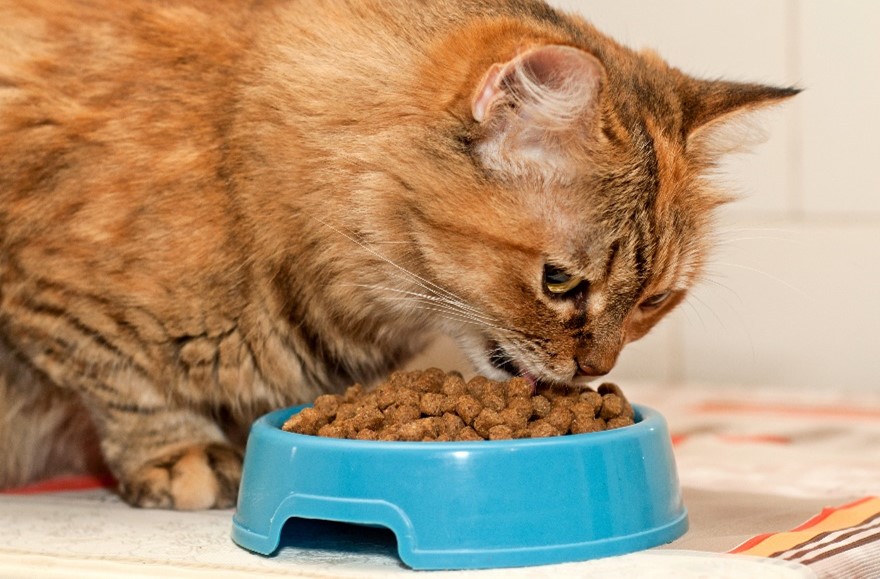Now that you know a little bit more about what goes into homemade cat food you have a foundation of knowledge that will help you to better understand the pros and cons of homemade cat food. All types of cat food have their associated benefits and drawbacks so be sure to consider both sides of the story before you make your choice of what to feed your cat.
Below you will find an overview of the pros and cons for homemade cat food:
Pros for Homemade Cat Food
- A raw cat food diet more closely approximates the natural diet of wild cats than any other kind of food.
- Homemade cat food can be made with fresh, high-quality ingredients – you have control over what goes into your cat’s food.
- Raw cat food diets are generally high in protein with moderate amounts of fat – commercial diets are often high in carbohydrate and low in nutritional value.
- Feeding cats a balanced homemade diet can improve overall nutrition and general health and wellness.
- A homemade cat food diet can improve your cat’s digestion, helping him become more regular and making his stools smaller and less odorous.
- A balanced homemade diet can improve your cat’s skin and coat health while also reducing the risk for food allergies and sensitivities.
- Eating raw meaty bones can improve your cat’s dental health by preventing the buildup of plaque and tartar.
- Homemade cat food diets can be made to cater to your cat’s preferences as well as his individual dietary or medical needs.
Cons for Homemade Cat Food
- Homemade cat food diets take more time and effort to prepare than pouring a bowl of kibble.
- The cost for homemade cat food can be much higher than for commercial cat food – high-quality dry food costs about $0.60 a day while raw cat food can cost anywhere from $1.00 to $3.50 a day.
- Raw homemade cat food does not have as long a shelf life as dry food – it must be refrigerated or frozen and generally used within 3 to 5 days.
- Homemade cat food made with raw meat and bones comes with a risk for food-borne illness – proper food safety procedures are required.
- Some cats simply do not like the texture of raw cat food – they may need to be transitioned over a period of weeks or months.






 I love to write books about family, dating, household, and healthy living. My books are written for everyone in an easy to read and understandable style.
I love to write books about family, dating, household, and healthy living. My books are written for everyone in an easy to read and understandable style.